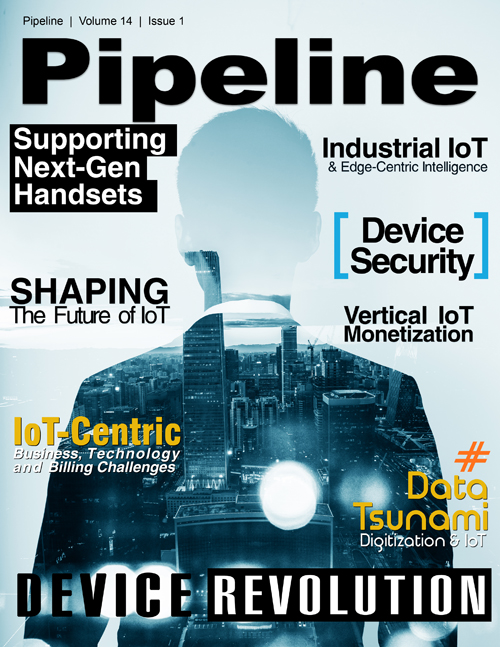IoT-centric Business, Technology and Billing Challenges for CSPs
If going with traditional legacy vendors that now claim to offer a cloud product, it’s important to ask the same questions that would be asked of a SaaS/cloud provider, as mentioned above. The answers might be surprising.
TM Forum provides a great overview of the capabilities to expect from a native cloud solutions here.
The Solution
There is no one “right answer” for all CSPs, as the answer may be as much about process as it is about technology. The IoT landscape has challenges that CSPs tend not to encounter when operating billing systems on a property or regional basis. CSPs need agile, highly configurable, scalable, cost-effective monetization for IoT services and products.
We suggest evaluating current cost-to-serve and reviews of what new processes and configurations will look like. From there, CSPs should factor in potential changes such as having to operate in new countries where data localization requirements force a local store of data. Consider also factors that address issues like OEM Connected Car and related costs. For example, is there a need to migrate to a distributed data structure if a client wants to sell fleet connected cars with pooled mileage allocations and overages across geographies, or will there be a need for another instance due to data localization?
In many cases, the addition of new cloud-based services will be far less expensive than modifications and licenses to existing legacy engines. The answer may lie in something as simple as adding a standalone Cloud/SaaS engine, or utilizing the system as an adjunct rater in concert with legacy systems.
After internal teams have thoroughly reviewed anticipated and current requirements, it’s important to ask prospective vendors the tough questions outlined above so as to future proof solutions. The landscape is evolving rapidly and billing vendors will be critical to uninterrupted growth curves.





















